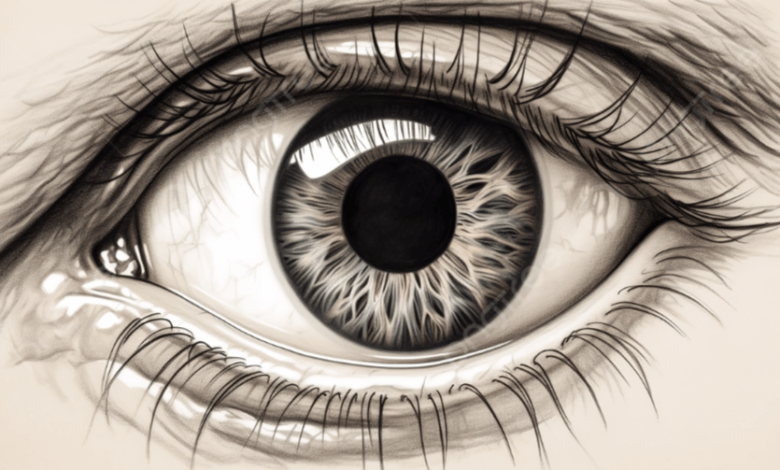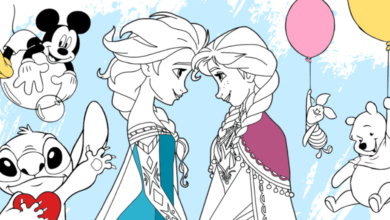Drawing:3yokqu6upu4= Eyes

The Drawing:3yokqu6upu4= Eyes encompasses a complex interplay of anatomical knowledge and artistic technique, crucial for any aspiring artist. Understanding the intricate details of eye anatomy and mastering shading techniques are foundational steps that can elevate the quality of one’s work. Furthermore, the ability to convey emotions through the eyes adds depth to an artistic narrative, making the gaze a focal point of expression. Yet, many artists struggle with common pitfalls that can undermine their efforts. Exploring these challenges and effective practice strategies may reveal the key to unlocking a more profound connection with the viewer.
Understanding Eye Anatomy
Understanding the intricate anatomy of the eye is essential for artists aiming to depict this vital organ accurately in their drawings.
Knowledge of eye structure, including components like the cornea, iris, and retina, is crucial to grasping their vision functions.
Techniques for Realistic Eyes
While mastering the techniques for drawing realistic eyes may seem daunting, a structured approach can yield impressive results.
Focus on eye shading to create depth, utilizing gradients to mimic the natural curvature of the eye.
Applying color theory enhances realism; select hues that reflect the light and shadow.
Practice layering colors to achieve vibrancy and ensure that each detail contributes to the lifelike representation of the eye.
Read Also Anime:8rh4kzbkkey= Art Reference
Capturing Expressions and Emotions
To effectively capture expressions and emotions in eye drawings, artists must pay close attention to the subtle nuances that convey feeling.
Eye symbolism plays a crucial role in emotional storytelling, as different cultures attribute varied meanings to expressions.
Common Mistakes to Avoid
When embarking on the journey of drawing eyes, many artists overlook critical aspects that can hinder their progress and diminish the impact of their work.
Common mistakes include neglecting proper eye proportions, leading to unrealistic portrayals, and misunderstanding eyelid shapes that define character and emotion.
Practice Exercises for Improvement
A variety of practice exercises can significantly enhance an artist’s ability to draw eyes with accuracy and emotional depth.
Focus on mastering different eye shapes through repetitive sketches, experimenting with various shading techniques to create depth and realism.
Use reference images to analyze proportions and shadows.
Consistent practice will foster confidence, allowing your artistic freedom to flourish while capturing the essence of the human gaze.
Conclusion
In conclusion, mastering the Drawing:3yokqu6upu4= Eyes requires a comprehensive understanding of anatomy, the application of shading techniques, and the skillful portrayal of emotions. Attention to detail, such as eyelid forms and proportions, plays a critical role in achieving lifelike representations. By practicing consistently and avoiding common pitfalls, artists can enhance their abilities and create captivating artwork. Ultimately, the gaze holds the power to connect with viewers, making the study of eyes an invaluable pursuit in artistic development.




